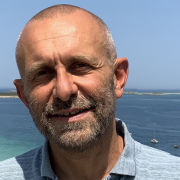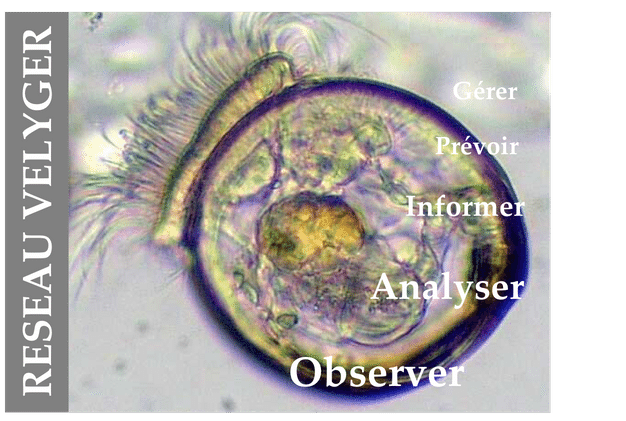
Copyright : Laboratoire LEMAR- 2018
Stéphane POUVREAU
National
DPMA – Ministère de l’Agriculture
Start Date
02/04/2025
End Date

The hollow oyster, Crassostrea gigas, is the leading French aquaculture species, but it is also a key bivalve from an ecological point of view in the estuarine and coastal environments it inhabits. A so-called “ecosystem engineer” species, oysters form biogenic constructions, even real reefs that rise above the sediment and constitute precious habitats for other species. Their mere presence therefore enriches marine biodiversity locally. Sometimes more than 50 different species benefit from these biogenic habitats. Other ecosystem services provided by oysters include stabilising sediments and combating coastal erosion, but also maintaining good water quality with the control of turbidity and phytoplankton blooms (some of which are toxic to the environment or to humans).
<p style="text-align". <Introduced to France more than 50 years ago in the basins of the south-west, the species was not supposed to cross the Loire for reasons of thermal preference (it needs water above 18°C to reproduce), but this was without taking into account global warming. A recent study shows that the warm summers since 1990 have allowed this species to breed on the northern coasts of France and Europe (Thomas et al., 2016). Little by little, with each warm summer and with oyster farming transfers, the species has conquered a new, more northerly ecosystem each time. However, since 2008, oyster populations have been hit by unprecedented mortality crises. In order to better monitor the reproduction (larval abundance and recruitment) of this species, which has become a heritage species over time, a national network was created in 2008: the VELYGER network. Each year this observatory-network scrutinises the larval abundance and recruitment of the species in several key sectors of the French coast, from the Thau lagoon to the Brest roadstead, and allows a better understanding of the mechanisms controlling the recruitment of this major species. #top .avia-gallery.av-av_gallery-2b5252a9f27cb84a69a1ec865229bbf3 .avia-gallery-thumb a{ width:25%; }Laboratoires côtiers de l’Ifremer (LER)
CREAA
Cochet Environnement
Armeria

 MODELISME
Scroll to top
MODELISME
Scroll to top